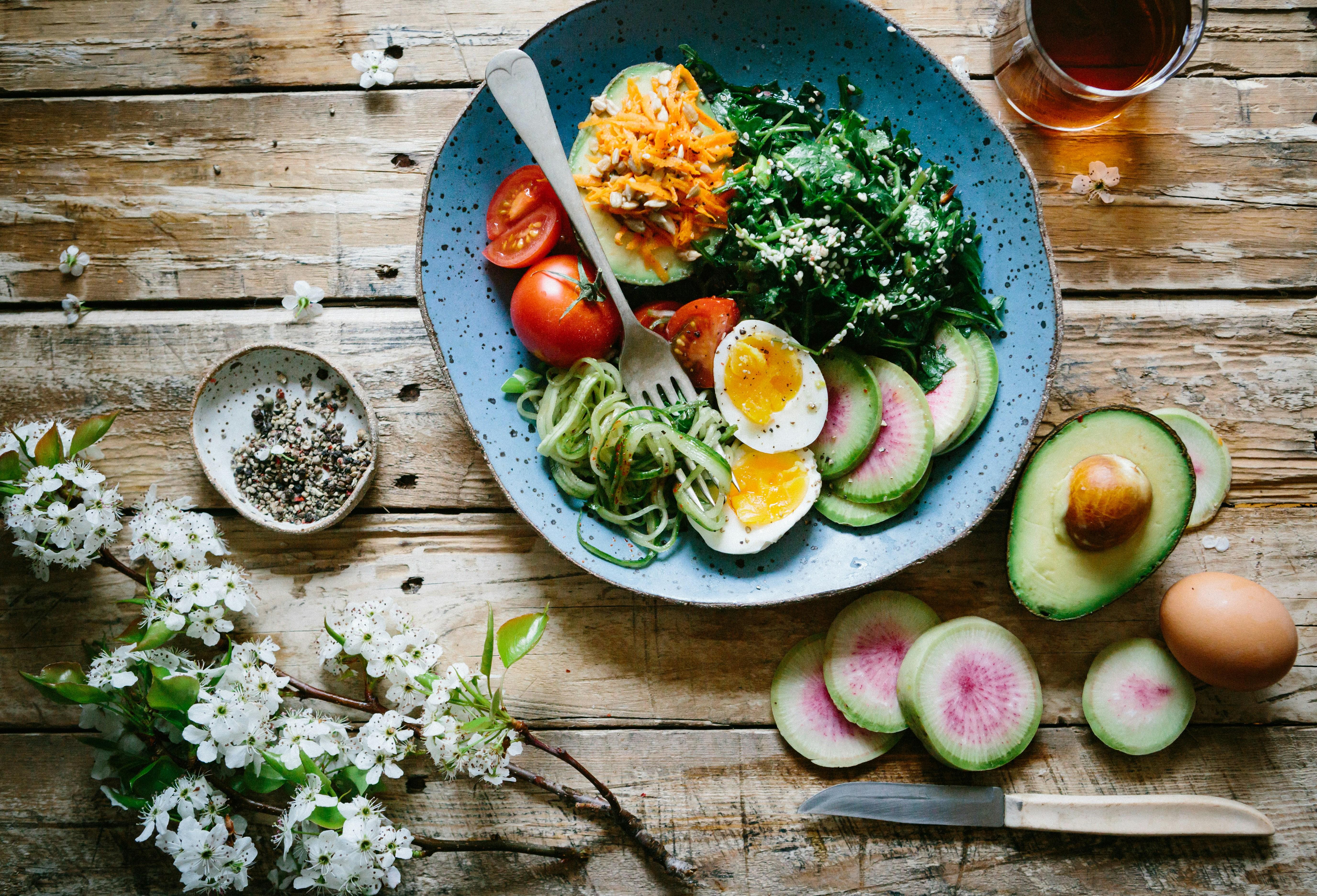In a world where fast-paced lifestyles often dictate our dietary choices, the age-old adage “you are what you eat” resonates more than ever. Imagine your body as a finely tuned orchestra, where each instrument plays a role in maintaining harmony. Now, picture inflammation as an unwelcome cacophony, disrupting this symphony and threatening your well-being. Enter the anti-inflammatory diet—a culinary approach designed to restore balance and tranquility to your body’s ensemble. This article embarks on a journey through the vibrant world of anti-inflammatory foods, exploring how nature’s bounty can soothe the discord and promote a symphony of health. From colorful fruits and vegetables to wholesome grains and spices, discover how thoughtful food choices can serve as powerful instruments in your quest for a healthier, inflammation-free life.
Harnessing Natures Pharmacy: Essential Foods for Reducing Inflammation
In the quest for optimal health, integrating the bounty of nature’s offerings into our diets can be transformative. Turmeric, with its vibrant hue and potent compound curcumin, has long been celebrated for its ability to quell inflammation. Similarly, ginger, renowned for its zesty kick, acts as a powerful ally in soothing inflammatory pathways. Embracing these spices in daily meals not only enhances flavor but also fortifies the body’s natural defenses.
For those seeking to harness the full potential of nature’s pharmacy, consider incorporating the following foods into your culinary repertoire:
- Berries: Blueberries, strawberries, and raspberries are packed with antioxidants that combat oxidative stress.
- Leafy Greens: Spinach, kale, and Swiss chard are rich in vitamins and minerals that support anti-inflammatory processes.
- Fatty Fish: Salmon, mackerel, and sardines provide omega-3 fatty acids, known for their inflammation-reducing properties.
- Nuts and Seeds: Almonds, walnuts, and flaxseeds offer essential nutrients and healthy fats.
- Olive Oil: Extra virgin olive oil is a staple of the Mediterranean diet, renowned for its heart-healthy benefits.
By thoughtfully selecting these foods, we can craft a diet that not only delights the palate but also nurtures the body, keeping inflammation at bay.

The Spice of Life: Integrating Anti-Inflammatory Herbs and Spices
Infusing your meals with anti-inflammatory herbs and spices is a delightful way to enhance both flavor and health benefits. These natural ingredients, often celebrated for their aromatic qualities, can play a significant role in reducing inflammation in the body. Imagine sprinkling a dash of turmeric into your morning smoothie or evening soup; this golden spice contains curcumin, renowned for its powerful anti-inflammatory effects. Ginger, with its zesty kick, not only elevates the taste of your dishes but also helps in reducing muscle pain and soreness.
- Garlic: Known for its pungent aroma, garlic can help boost the immune system and fight inflammation.
- Cinnamon: Beyond its sweet allure, cinnamon can help reduce inflammation and lower blood sugar levels.
- Cayenne Pepper: Adding a spicy touch, cayenne contains capsaicin, which has been shown to reduce pain and inflammation.
Experimenting with these spices in your daily cooking not only transforms ordinary meals into extraordinary culinary experiences but also supports your journey towards an anti-inflammatory lifestyle. By thoughtfully incorporating these herbs and spices, you can create a vibrant and healthful diet that is as delicious as it is beneficial.
Balancing Act: Understanding the Role of Omega-3 and Omega-6 Fatty Acids
In the quest for an anti-inflammatory diet, understanding the delicate interplay between Omega-3 and Omega-6 fatty acids is crucial. Both are essential polyunsaturated fats that our bodies cannot produce, necessitating their inclusion in our diet. While Omega-6 fatty acids, prevalent in foods like vegetable oils and processed snacks, play a role in brain function and normal growth, excessive intake can lead to inflammation. Conversely, Omega-3s, found in fatty fish, flaxseeds, and walnuts, are celebrated for their anti-inflammatory properties, promoting heart health and cognitive function.
Striking the right balance is key. Consider these dietary tips to harmonize your intake of these fatty acids:
- Incorporate more Omega-3 rich foods like salmon, chia seeds, and hemp oil into your meals.
- Reduce consumption of processed foods high in Omega-6 to maintain an optimal ratio.
- Opt for cooking oils with a better Omega-3 to Omega-6 ratio, such as olive oil or avocado oil.
By carefully managing these fats, you can build a diet that supports your body’s natural defense against inflammation.

Mindful Eating: Crafting a Sustainable Anti-Inflammatory Meal Plan
Embracing the art of mindful eating is essential when designing a meal plan that battles inflammation. It’s not just about the ingredients you choose, but how you approach each meal. Start by focusing on foods that are naturally anti-inflammatory. Leafy greens, berries, and nuts should become staples in your diet, offering a bounty of antioxidants and essential nutrients. Consider incorporating whole grains like quinoa and barley, which provide fiber and help maintain stable blood sugar levels.
To craft a truly sustainable meal plan, it’s crucial to balance variety and nutrition. Here are some tips to get started:
- Rotate your proteins: Include options like wild-caught fish, legumes, and tofu to keep meals interesting and nourishing.
- Embrace seasonal produce: Eating what’s in season ensures freshness and maximizes nutrient intake.
- Experiment with spices: Ginger, turmeric, and cinnamon not only add flavor but also have powerful anti-inflammatory properties.
- Stay hydrated: Drink plenty of water and incorporate herbal teas, which can also have anti-inflammatory benefits.
By making thoughtful choices and listening to your body’s needs, you can create a meal plan that supports both your health and the planet.
Future Outlook
As we draw the curtain on our exploration of building an anti-inflammatory diet, it becomes clear that the journey is as much about discovery as it is about nourishment. Each meal, each ingredient, is an opportunity to cultivate well-being and embrace a lifestyle that honors the body’s natural rhythms. Whether you find joy in the vibrant hues of fresh produce or solace in the subtle flavors of whole grains and lean proteins, remember that every choice you make is a step toward harmony and health. So, embark on this culinary adventure with curiosity and an open heart, knowing that the path to reducing inflammation is paved with mindful decisions and delicious possibilities. Here’s to a future filled with vitality and balance, one bite at a time.


































